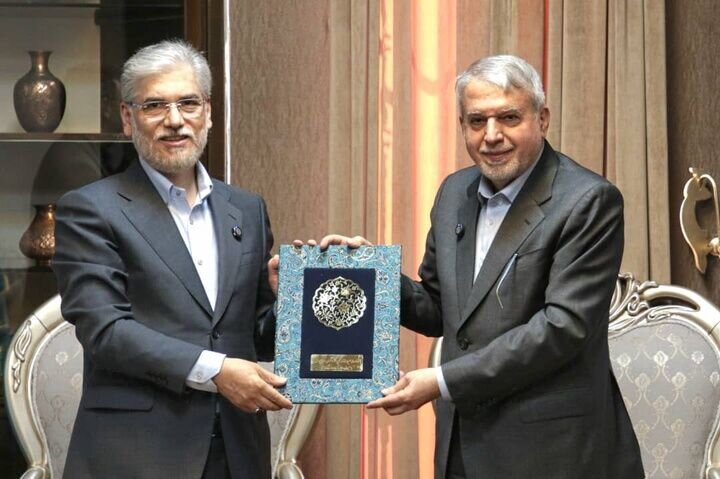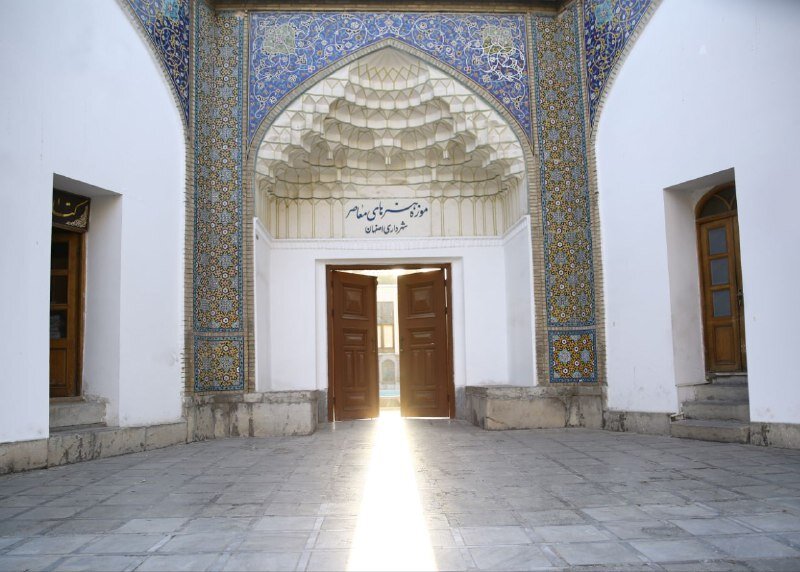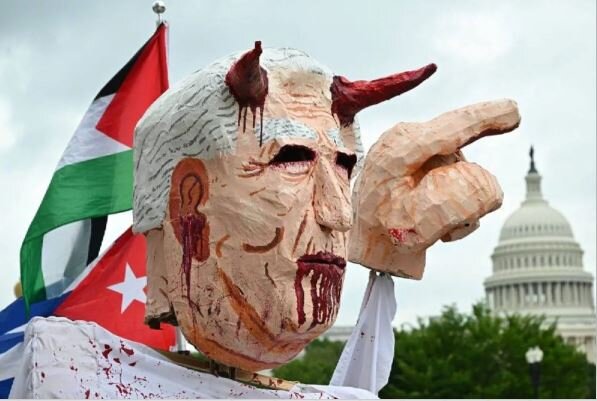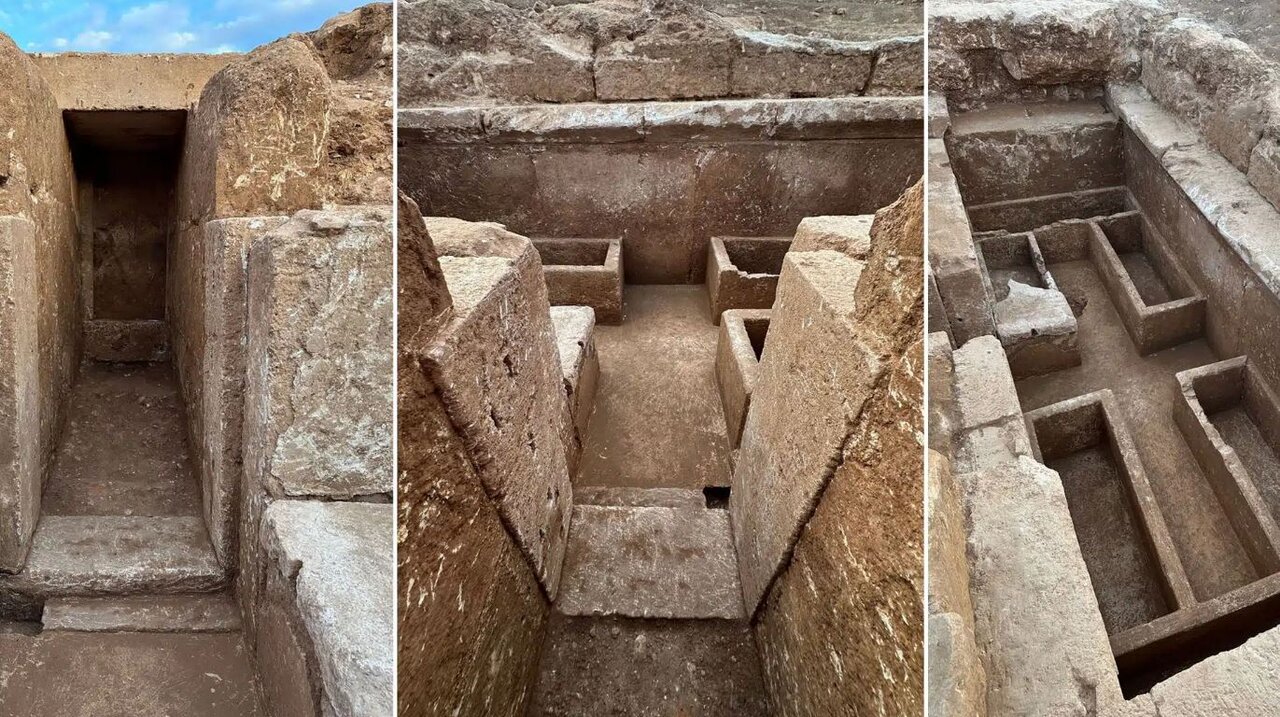
TEHRAN The rich history and cultural significance of Isfahans Chahar Bagh Boulevard were brought to life during a special event, Shab-e Chahar Bagh (Chahar Bagh Night), held on Thursday evening in the heart of the ancient city.The gathering, which took place along this historic avenue, featured passionate speeches by architects, writers, and researchers, who explored the transformation of the boulevard, sometimes referred to as the "Champs-lyses of Isfahan."Morteza Bekhradi, a prominent Isfahan-based architect, opened the event with a heartfelt address, expressing his sorrow over the ongoing changes to Chahar Bagh.
Today, Chahar Bagh has been destroyed.
It no longer evokes the memories of the past, and it deeply saddens me, he remarked, recalling how the street had shaped his youth.Bekhradi recalled the teahouses that once lined the avenue, serving as hubs for social gatherings and cultural activities, such as storytelling and Shahnameh readings.
These teahouses were where the people of Isfahan came together, sometimes even watching a worker carry thirty cups of coffee at once, he said.Mehrdad Khorsandi, author of The Story of the People of Chahar Bagh, offered a different perspective, focusing on the historical significance of water management in the area.
The first water organization in Iran was established in Isfahan, and the first water distribution line was also constructed along Chahar Bagh, Khorsandi explained.
Drawing from historical stories, he said that his decision to write the book stemmed from his desire to capture the unique narrative of Chahar Bagh.
Anyone can write their own story of Chahar Bagh, he said, inviting others to explore the streets multifaceted history.Ali Khodai, author of The People of Chahar Bagh, took the stage next, offering insights into the streets evolution over time through the lens of prominent travelogues.
Reflecting on the changes Chahar Bagh underwent, Khodai noted, Decades ago, Chahar Bagh was full of fascinating people and remarkable achievements.
Visiting Chahar Bagh itself was an event, one that influenced even how we dressed.Khodai also highlighted some unique characteristics of the street, such as its cinema culture, the prominence of secretarial education, and the variety of sweets available.
Chahar Bagh was a place where you could find anything; from cinema to different kinds of sweets, he added.Later, a documentary film titled Fragments of Chahar Bagh was also screened during the event, offering viewers a glimpse into the lesser-known stories and memories tied to the street.
The documentary illustrated how Chahar Bagh, beyond being a street, had served as a symbol of cultural and social life in Isfahan, playing a pivotal role in the citys identity.All the speakers underlined that Chahar Bagh is not just a street; it is a living representation of Isfahans history and culture.
"From the teahouses to the galleries, from the cinemas to the sweet shops, Chahar Bagh has always held a special place in the hearts of the people of Isfahan," said one of the speakers.In the end, the participants expressed hope that Isfahan would be able to make a balance between modernity and the preservation of its rich heritage.Chahar Bagh Boulevard, constructed during the Safavid era, is one of Isfahan's most iconic landmarks.
Often compared to Pariss Champs-lyses, the avenue stretches approximately 6 kilometers, connecting the northern and southern parts of the city, with the historic Hasht Behesht and Chehel Sotoun gardens on its eastern side.AM

 17
17














